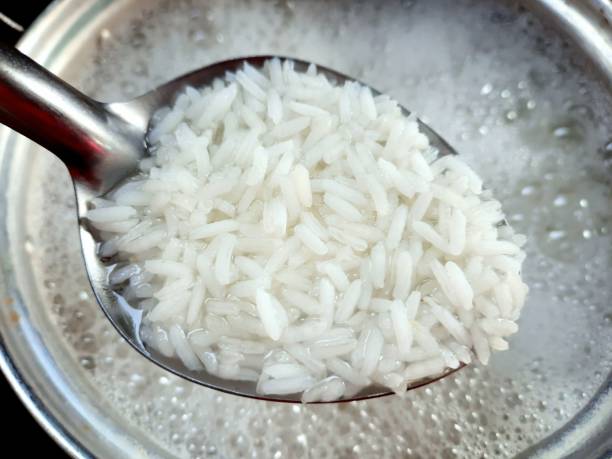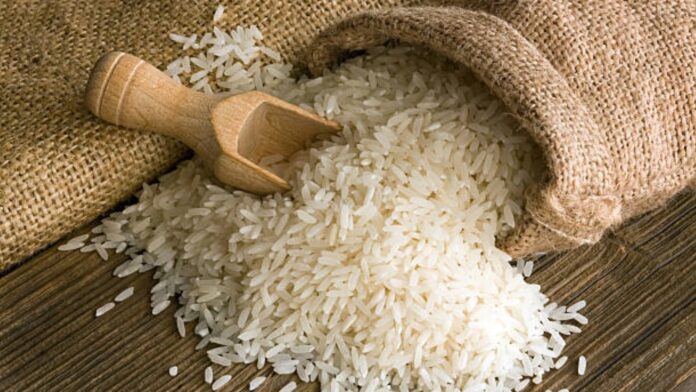Kenya’s appetite for rice continues to grow, leading the country to import a staggering Sh55 billion worth of rice annually. This significant importation trend highlights the increasing demand for the staple food across the nation.

Rice has become a popular choice in Kenyan households, but the country’s own rice production is not meeting this growing demand. As a result, Kenya is relying heavily on imports to satisfy the needs of its population. This high importation rate reflects a shift in dietary preferences and underscores the challenges faced by local rice farmers.
However, there are environmental concerns associated with rice cultivation that are often overlooked. According to agricultural experts, rice farming plays a notable role in climate change due to the greenhouse gases it emits. Methane (CH4), a potent greenhouse gas, is produced during the cultivation process, particularly in flooded paddy fields.
An environmental scientist explained, “Rice cultivation significantly contributes to greenhouse gas emissions, primarily methane. Approximately two-thirds of the total emissions from the rice sector come from paddy soils. Methane is produced by bacteria that thrive in flooded conditions, making rice farming a notable contributor to global warming.”
The rise in rice consumption and subsequent importation also brings to light the need for sustainable farming practices. Experts are advocating for improvements in rice cultivation methods to reduce methane emissions and mitigate environmental impact.
READ MORE: KHALIF KAIRO’S CPL REDEMPTION: SOARING HIGH AFTER A ROUGH LANDING
As Kenya continues to navigate its rice importation trends, balancing the demand with sustainable agricultural practices will be crucial. The government and agricultural stakeholders are urged to invest in both local rice production and environmentally friendly farming techniques to address the growing appetite for rice while protecting the environment.
